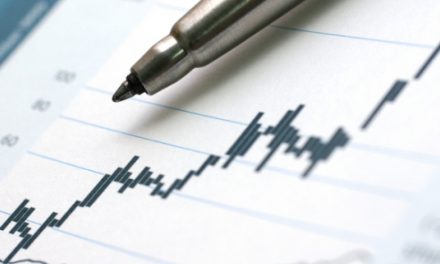
Headline inflation marginally ticks higher in June

The annual inflation rate increased to 2.14% in June, slightly higher than the 2.06% recorded in May, the Namibian Statistics Agency reported.
The food & non-alcoholic beverages category displayed prices decreases of 0.3% monthly, but an increase of 4.7% yearly in June, making it the largest contributor to annual inflation, accounting for 0.84% of the total 2.1% annual inflation rate.
The largest increases were observed in the prices of fruit which increased by 21.2% yearly and vegetables which increased by 11.7% yearly. The price of bread and cereals saw price decreases of 0.9% yearly.
The alcoholic beverages and tobacco basket item was the second largest contributor to the annual inflation rate in June, with prices of the basket item increasing by 1.4% monthly and 3.6% yearly. Prices for tobacco products decreased by 0.3% monthly, but increased 3.9% yearly. The prices of alcoholic beverages meanwhile rose by 1.8% monthly and 3.6% yearly.
IJG Research notes that this June inflation remains benign as economic activity remains weak after the relaxation of the lockdown restrictions, and is on par with South Africa’s May inflation figure of 2.1%. South Africa’s inflation has breached the lower end of the South African Reserve Bank’s 3-6% target range in April, and remained at or below the 4.5% midpoint for 18 consecutive months.
“If the South African Reserve Bank expects inflation to trend at current levels for some time, it could decide to cut interest rates further. The market currently expects the South African Reserve Bank to cut rates by 25-50 basis points at its July monetary policy committee meeting next week, although a 25-basis point cut is more likely in IJG’s view. Regardless of the outcome, we expect the Bank of Namibia to follow the South African Reserve Bank’s at its August monetary policy committee meeting, as Namibian inflation will likely remain muted for at least the rest of the year,” IJG noted.
IJG’s inflation model forecasts an average inflation rate of 2.2% yearly 2020 and 3.8% in 2021. The biggest risk to this forecast is fuel price increase due to the steady increase in the international oil price.













































